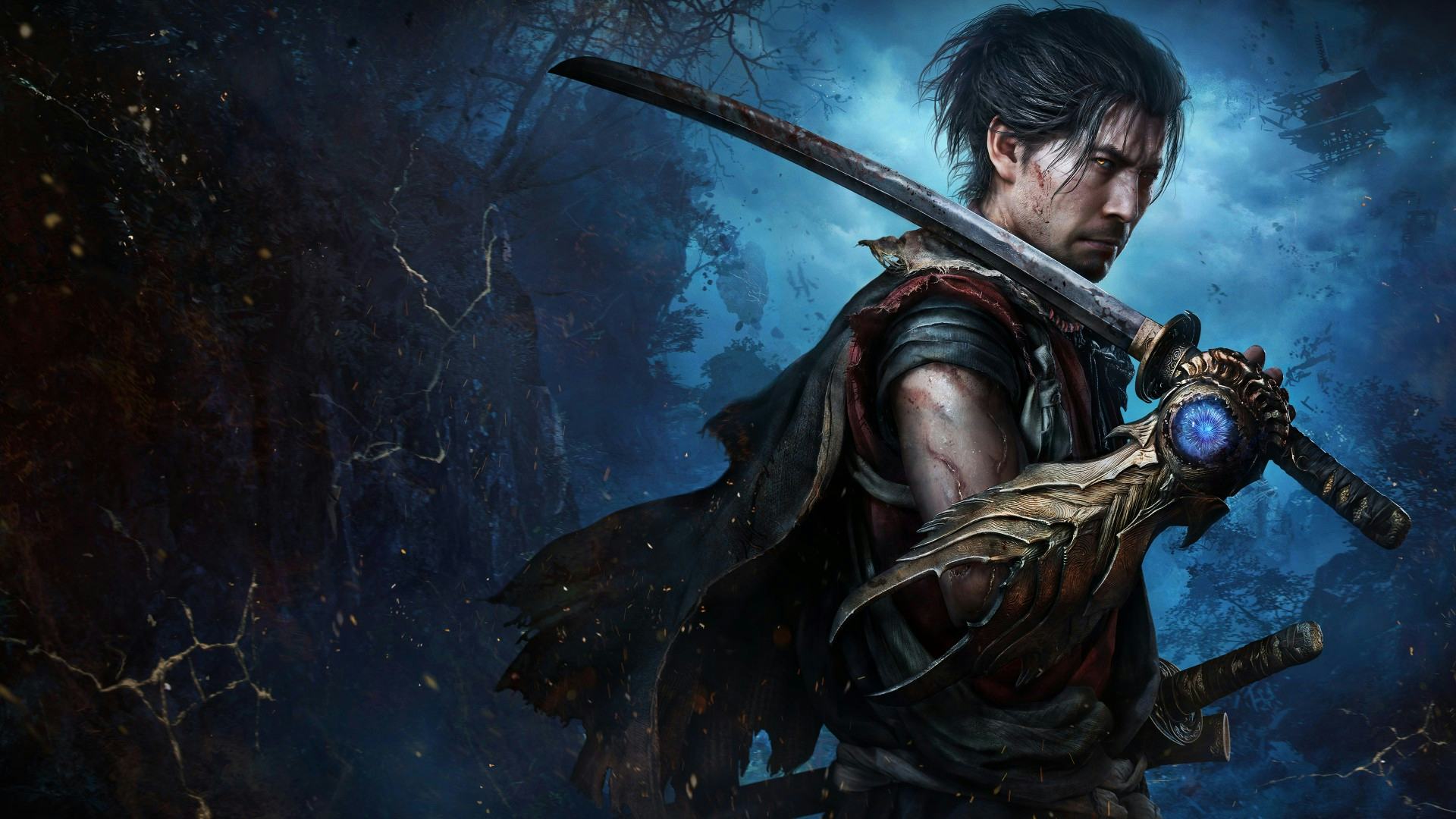
There have been countless video games inspired by the seminal Samurai films of Akira Kurosawa, and it makes sense. The director’s films were legendary dramatic masterpieces that helped redefine film not just in Japan, but across the world. Capcom is looking to add another title to this hallowed tradition with am Onimusha game, Onimusha: Way of the Sword. From our preview, the homage is truly inspired. Way of the Sword already looks like a stunning comeback for one of Capcom’s strangest series. But perhaps more importantly, the new game is laser-focused on capturing the essence of Onimusha, rather than chasing any kind of modern trend.
“We didn’t take inspiration from other games. We understood that we were making an Onimusha title. So we really wanted to focus on the elements that make the series what it is,” director Satoru Nihei tells Inverse, “Satisfying combat and the ultimate mix of fantasy and reality, those are the most important things.”
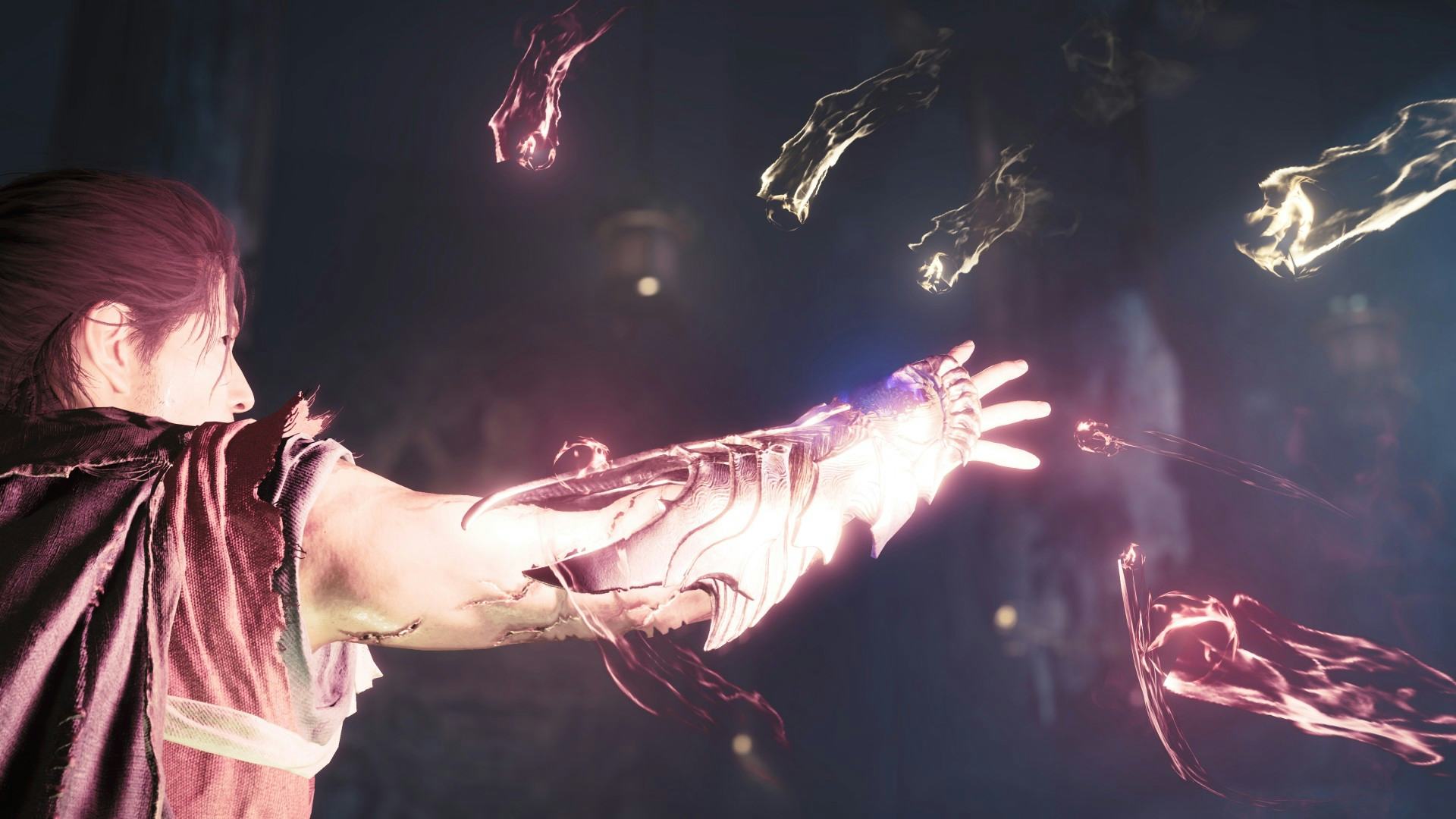
The Onimusha franchise first started in 2001 with Onimusha: Warlords, an action game heavily inspired by Resident Evil. Each Onimusha game had similar elements but introduced something highly unique — in Onimusha 2 it was a branching storyline and gift system, and Onimusha 3 featured a wild time travel story split between Feudal Japan and 2004 Paris.
Every Onimusha game features real historical figures and locations, but sets those against the backdrop of the demon-like Genma invasion trying to take over Japan, and mythical beings known as the Oni trying to stop them.
It’s been 19 years since the last Onimusha game, all the way back on PlayStation 2. That’s a staggering amount of time, not to mention how much games have changed since — Assassin’s Creed didn’t even exist at that time.
There’s a lot to consider with a modern entry like Way of the Sword, but Nihei says the game is still traditional Onimusha, right down to being a linear narrative-based game sprinkled with secrets and puzzles. With that format, the development team focused on a single vital thing first, that blend of the fantastical and the real.
“We actually started with elements like the real historical settings and stories,” Nihei says, “But if we leaned a little too heavily on that, it might be just a little too dark and oppressive. So, in order to make things a bit lighter and more palatable to players, we added more fantasy elements.”

A 30-minute hands-off demo seen by Inverse sets the stage for this iteration, walking us through a massive stage that’s a one-to-one recreation of the iconic real-life, and still in use today, Kiyomizu-dera Temple. Capcom spent time at the temple taking photos and scans to painstakingly recreate it, and based the narrative on local myths where bodies were mysteriously found thrown off the side of the temple. In Way of the Sword, Genma are forcing people to throw their families off the temple, and you arrive to put a stop to it.
On two fronts, the Way of the Sword demo genuinely blew me away. First, the bone-crunchingly visceral action mixed with a gorgeous recreation of Feudal Japan. Way of the Sword is an action game focused on deliberate sword strikes and timing, also introducing parries and deflections to the series for the first time.
The protagonist of Way of the Sword is Musashi Miyamoto — the most famous Samurai in history. But interestingly, the likeness of this character is also based on the most famous Japanese actor of all time, Toshihiro Minfune. Capcom worked with the approval of Mifune Productions, the company the actor created in 1962 to recreate the actor’s likeness, and the results are genuinely astounding. Musashi doesn’t just look like Mifune, but has the mannerisms and ticks of the actor down to a tee. The game’s historical emphasis extends to both Musashi himself and the fluidity of combat.
“For battle animation, we consulted a professional sword master and explained, ‘We want to do this kind of technique in the game, how do we recreate that?” Nihei says, “For the facial animation, the artists researched a lot of Mifune’s past films, and paid really close attention to everything. For example, the wrinkles on his face. Where do those wrinkles show up when he’s throwing his brow?”
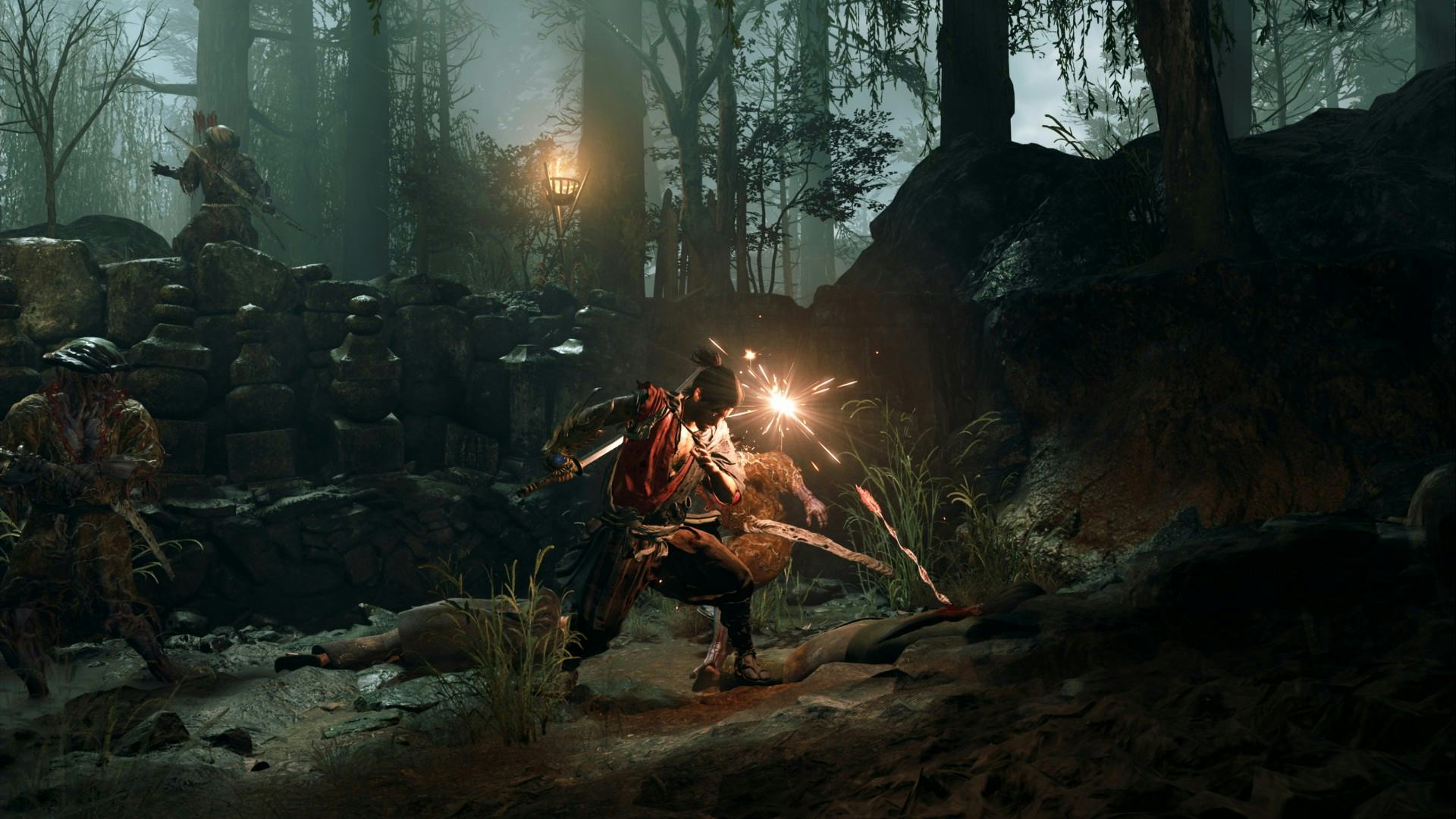
The demo was filled with fantastic little details, from the way Musashi would throw his cloak back over his arm after every battle, to the genuinely gruesome way Genma fall apart into two halves after your sword strikes.
In terms of the actual character of Musashi, however, Nihei and the team didn’t base his personality on a portrayal of Mifune, but rather asked, “What would Musashi himself do in this situation?” That, of course, translates to the action itself.
Way of the Sword is an action game focused on timed sword strikes and timing, also introducing parries and deflections to the series for the first time. While there’s a deliberate nature to combat, reading that description might make you think it’s a Soulslike — and that’s very much not the case. Way of the Sword looks very much like its own thing, but if I had to compare it to something, it’s like the halfway point between Monster Hunter and Dark Souls — deliberate and weighty, but still with a focus on speed and fluidity.
The parry system, in particular, adds a uniquely dynamic new element to the series’ combat, giving you more defensive options. If you time it right, you can throw the enemy’s weapon to the side in a brilliant shower of sparks. Equally, you can knock arrows back at enemies with a flick of the wrist, giving you defensive options no matter what you’re up against.
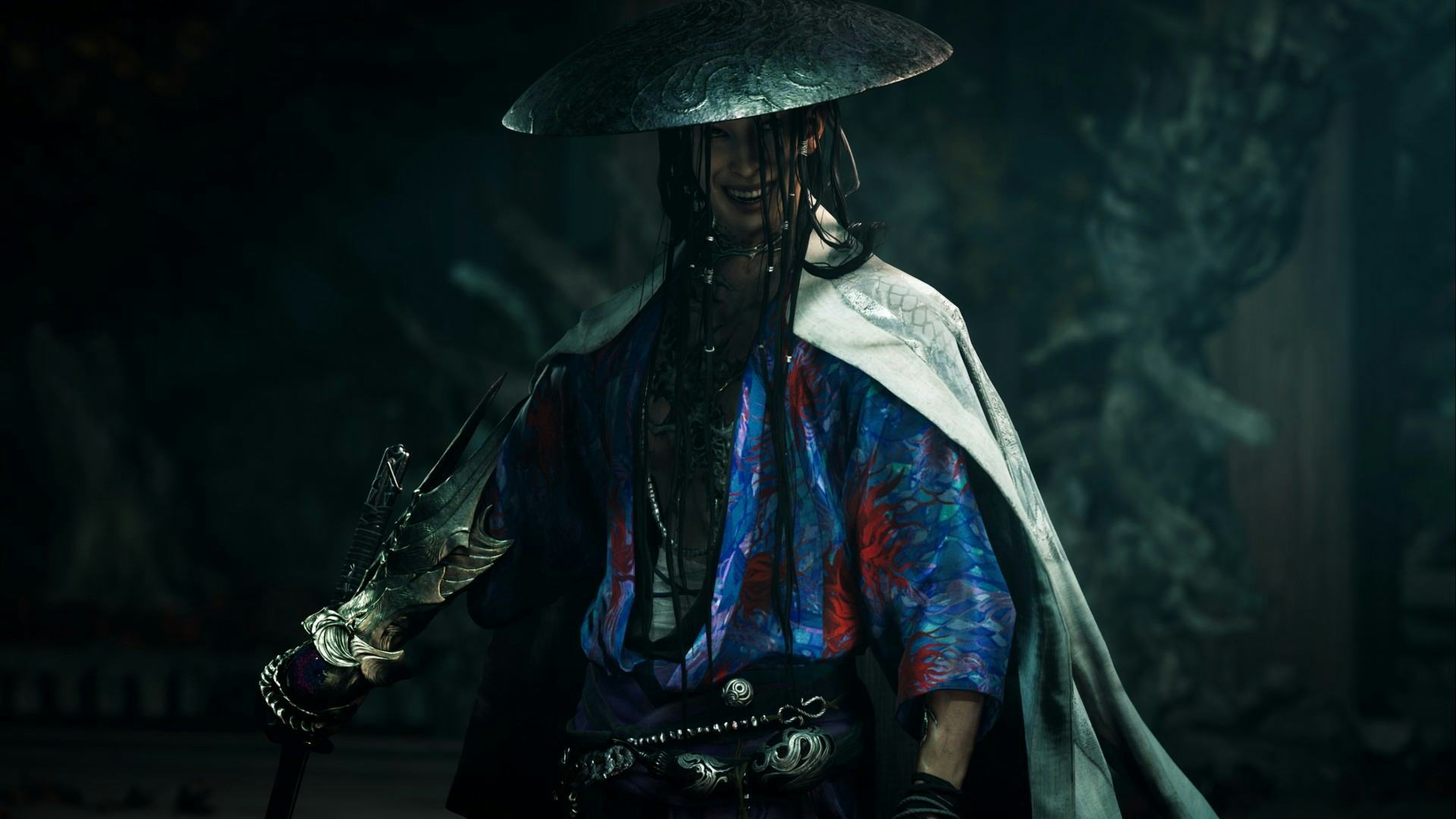
Interestingly, Way of the Sword puts an emphasis on Musashi using his primary sword, rather than past games, which gave you multiple weapons. That’s why things like parries and longer combos were introduced to give you more options, while the magical weapons are now used as more of a special attack — the one we saw was dual golden daggers that let Musashi unleash a lengthy combo of swipes.
Of course, Way of the Sword also brings back the iconic Issen mechanic of the series, which Nihei says is “probably the most important aspect” of Onimusha. Instead of parrying, if you attack the enemy the absolute second their attack lands, you can pull off an Issen strike that eliminates them in one blow, or does major damage to bosses. There’s a gauge that builds up as you fight, letting you chain Issen strikes together to take a group of enemies out all at once. Nihei says this was one of the most important aspects the team made sure they got right, wanting players to really get the “feeling in their hands” when they pull off an Issen strike.
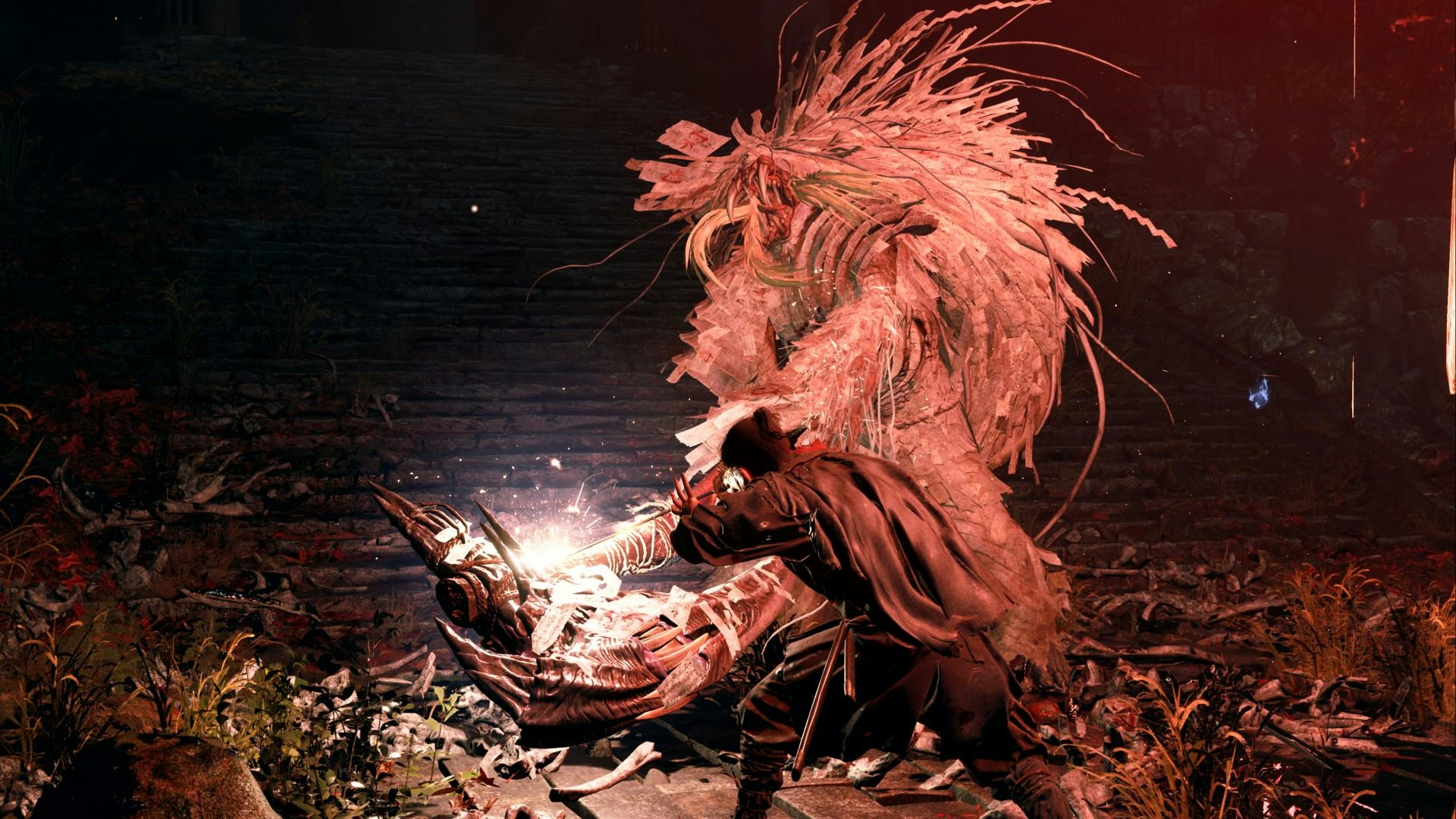
Bringing a franchise back after nearly two decades is no small task, but it’s abundantly clear Capcom is fully committed to Onimusha. But what’s most interesting about Way of the Sword is that this is a revival or reimagination, like you often see with long dormant series, this is simply the next step — like Onimusha never stopped. And Nihei and the team already have big ambitions,
“Our expectations for Onimusha now, and for the future, are to make this the number one action title within Capcom,” he says.







